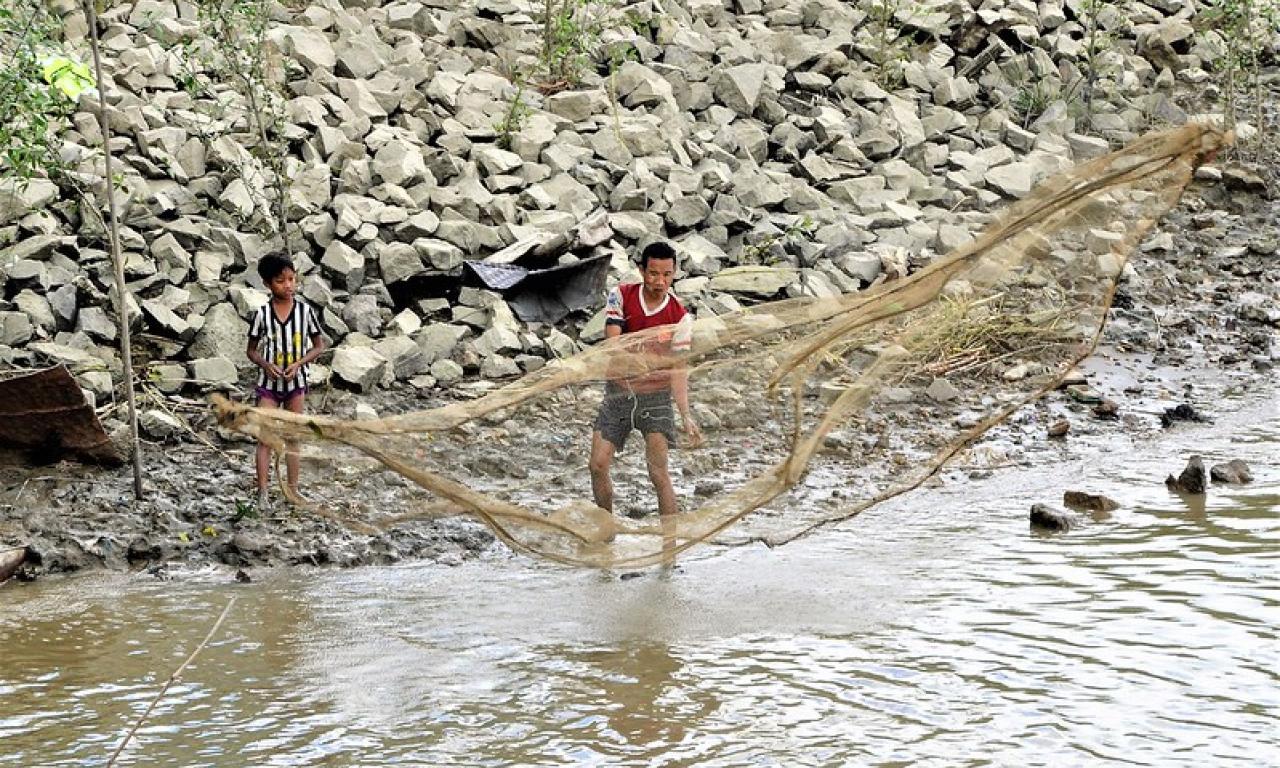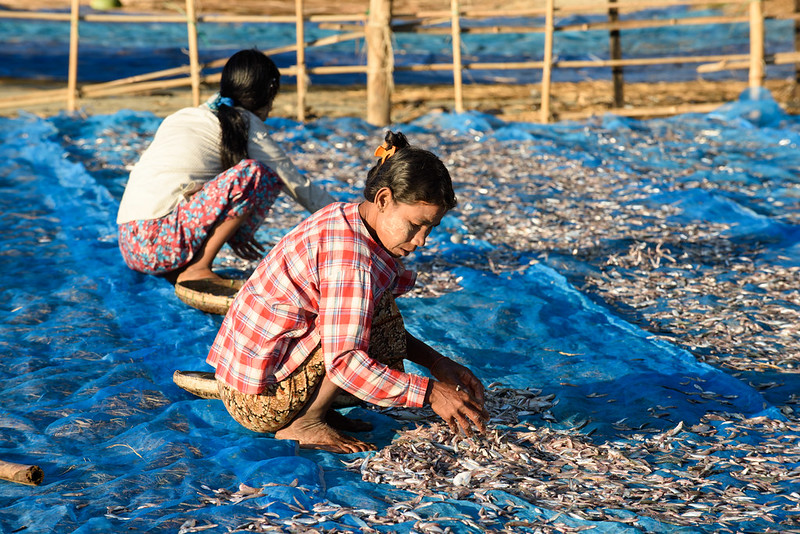
- In this op-ed, Syed Aman Ali puts forward solutions to reduce aquatic food loss and waste in Myanmar and Cambodia
- Aman Ali argues research and development projects must focus on improving supply chains to reduce food, nutritional and economic losses
Throughout deliberations at last month's United Nations’ Food Systems Summit (UNFSS), global leaders unanimously agreed on the need for more sustainable and responsible food production. They concluded that the food system needs a complete overhaul in how the world grows, produces, transports and consumes food, with food loss and waste in particular posing a significant challenge to overcome. Roughly one third of food produced for human consumption is lost or wasted annually, leading to significant consequences for food and nutrition security and rural livelihoods.
In low- and middle-income countries around the world, aquatic foods are staples in nutritious diets, offering an affordable and locally available source of protein and micronutrients. This is particularly true in Myanmar and Cambodia, where aquatic foods account for 60 percent of all animal-source food consumed. However, improper post-harvest practices lead to an estimated 25 percent of aquatic foods there being lost or spoiled before reaching the plate.

Aquatic food loss results from many factors, including improper fish and shellfish handling, poor storage facilities, absence of ice or refrigeration, few primary processing facilities, inadequate transportation and faulty packaging.
Furthermore, aquatic foods are not used in full for direct human consumption. During processing, the heads, skin, fins, viscera and trimmings are often discarded or diverted for other uses.
Various studies have concluded that fish and aquatic food waste products can be used to develop fishmeal, fish oil, fish silage, pet food, and fertilizer. The less desirable by-products can also be used in fish feed formulation for aquaculture operations.
There is a need to work with stakeholders along the supply chains to assess what interventions (knowledge, tools and technologies) are being successfully applied in-situ in order to reduce food loss in each country.
For each of the selected aquatic food supply chains in the Southeast Asia region, research should focus on the following steps to reduce food and nutritional value loss:
- Identify all the stakeholders in the selected supply chains and provide awareness training and capacity development to reduce food and nutrition loss
- Emphasize the participation of women at each of the value-added steps
- In general terms, establish the probable causes of food and nutrition loss by a series of interviews (focus group discussions, surveys etc.)
- Further define the root causes for the losses described using the Hazard Analysis and Critical Control Point management system to establish, in participation with the stakeholders, which critical control points can realistically and cost-effectively be controlled and by what means
- Use scientific evidence gathered through interviews to establish cost-effective remedial actions,
- Carry out producer, wholesaler, retailer, and consumer surveys to establish to what degree they are prepared to pay for improved quality (food safety) and, if negative, design awareness campaigns for those unwilling to pay more for an enhanced product

WorldFish has been present in the region for more than a decade and has in-depth experience and knowledge of the fisheries and aquaculture sector through project planning and implementation. In response to the COVID-19 pandemic, when in-person training sessions could no longer be delivered, WorldFish worked to coordinate information sharing between countries using a range of virtual communication platforms. These platforms have greatly increased reach to fish farmers and market actors, who are now being targeted with information on ways to reduce aquatic food loss and waste.
A recent notable intervention, designed to explore climate change adaptation by fish farmers in five Greater Mekong countries, worked closely with information and communication technology companies to deliver virtual extension services through smartphone applications. These applications are now in use by over half a million beneficiaries in Myanmar alone. The applications are linked to Facebook pages to promote interaction with fisheries and aquaculture stakeholders in each country.
The success of the aforementioned project demonstrates the benefits of disseminating information over innovative channels rather than traditional ones, highlighting possibilities for information and communication technologies to be wielded in effective supply chain interventions.
However, language complications over communication services and social network persist for fishers and fish farmers within countries, as many regional languages are spoken alongside the official national language. Designated focal persons for each country will play a vital role in helping disseminate information through digital communication platforms in multiple languages.
WorldFish will also encourage regional collaborative research publications and coordinate strategies to reduce loss and waste across Southeast Asian countries. This will be effective South-South collaboration, where countries can learn from each other’s strategies and experiences, because some countries, such as Thailand, are advanced in terms of supply chain quality control and research capability.
